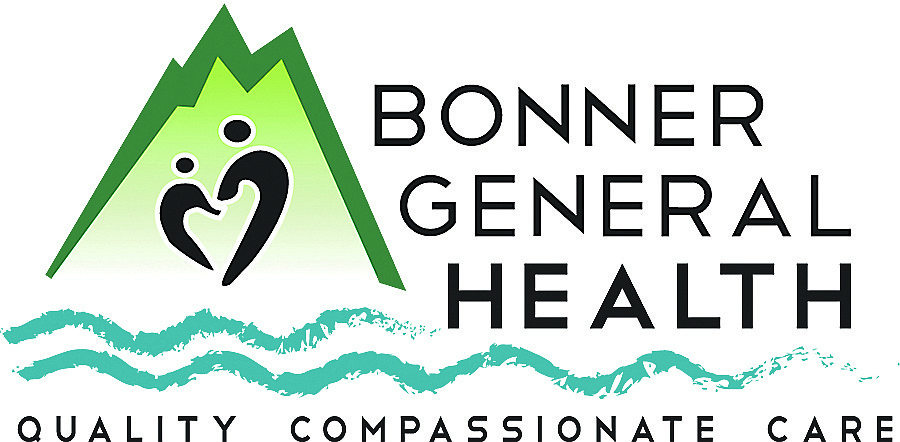Advances being made in childhood cancer
It’s hard to imagine more frightening words than “childhood cancer.” Although over 85% of children who develop cancer will now live more than five years (up from 58% in the mid-1970s) it’s still the second leading cause of death, after accidents, in children ages one to fourteen.
The American Cancer Society tells us that “unlike many cancers in adults, most childhood cancers are not strongly linked to lifestyle or environmental risk factors. And only a small number of childhood cancers are caused by DNA (gene) changes that are passed from a parent to their child.”
Sad to say, most of the time experts don’t know why a child develops cancer. As we know, cancer isn’t just one disease. There are many different kinds, but what we do know is they all start when some of the body’s cells begin to grow uncontrollably. Then, they can spread to other parts of the body.
“Leukemias are the most common types of cancer that we see in children,” Dr. Nita Seibel, a childhood cancer specialist at the National Institutes of Health said. “These are cancers that start in certain types of blood cells.
“Next most common are cancers of the brain, nerves, and spinal cord. Lymphoma — another type of blood cancer — also occurs in kids and teens. Children may be affected by tumors of the eyes, adrenal gland, kidneys, muscles, and bones.”
We know that generally, treatments for childhood cancers include surgery, chemotherapy, and radiation therapy. They can be used together or on their own. Chemo and radiation work by killing these fast-growing cells, but they in turn damage normal cells as well. Side effects like infection, hair loss, and nausea are common but often go away. Other side effects, such as hearing loss, may be permanent while some side effects may not show up until after treatment is completed.
“Until recently, it was common for all kids with the same type of cancer to receive the same treatments,” Dr. Will Parsons, a child cancer specialist at Texas Children’s Hospital, said. “But the discovery of certain gene changes, called mutations, in cancer cells has started to change this. These mutations cause cancer cells to grow out of control.”
He goes on to say that a new type of treatment called targeted drugs can block the effects of these mutations by causing cancer cells to stop growing or to die without causing damage to normal cells. The other good news is that these drugs often have fewer side effects than chemo.
“Targeted drugs have gone from a theory to a reality over the past decade,” Dr. Parsons said. “This breakthrough has been aided by faster and cheaper tests to pinpoint cancer mutations.”
NIH says that researchers are testing ways to expand gene mutation screening for kids with cancer. “One ongoing study is called Pediatric MATCH. The study is trying to match the mutation found in a child’s tumor with a drug targeted for the specific gene mutation, instead of for a specific type of cancer.”
And the newest most personalized cancer treatment are utilizing CAR T cells. I first heard about them from an adult cancer patient. NIH explains, “to make CAR T cells, immune system cells called T cells are collected from the blood of a person with cancer. The T cells are then modified in the lab so they can find and kill cancer cells. Millions of these designer cells are then grown and infused back into the patient.”
NIH says that currently CAR T cells are only used in patients whose disease has come back after standard treatments, or for those with a high risk of relapse. The reason is because standard treatments are often successful, and making the CAR T cells is very expensive because they’re custom made every time.
Researchers are testing “off-the-shelf” CAR T cells which could be made in batches and used by many kids, reducing the cost and time needed for production. They’re testing whether or not they’ll be as effective and what the long-term side effects may be.
It’s heartening to know that there are several ongoing research studies of new treatments for childhood cancers. If we can’t irradicate the disease, at least we can make remission more commonplace.
Kathy Hubbard is a member of Bonner General Health Foundation Advisory Council. She can be reached at kathyleehubbard@yahoo.com.

